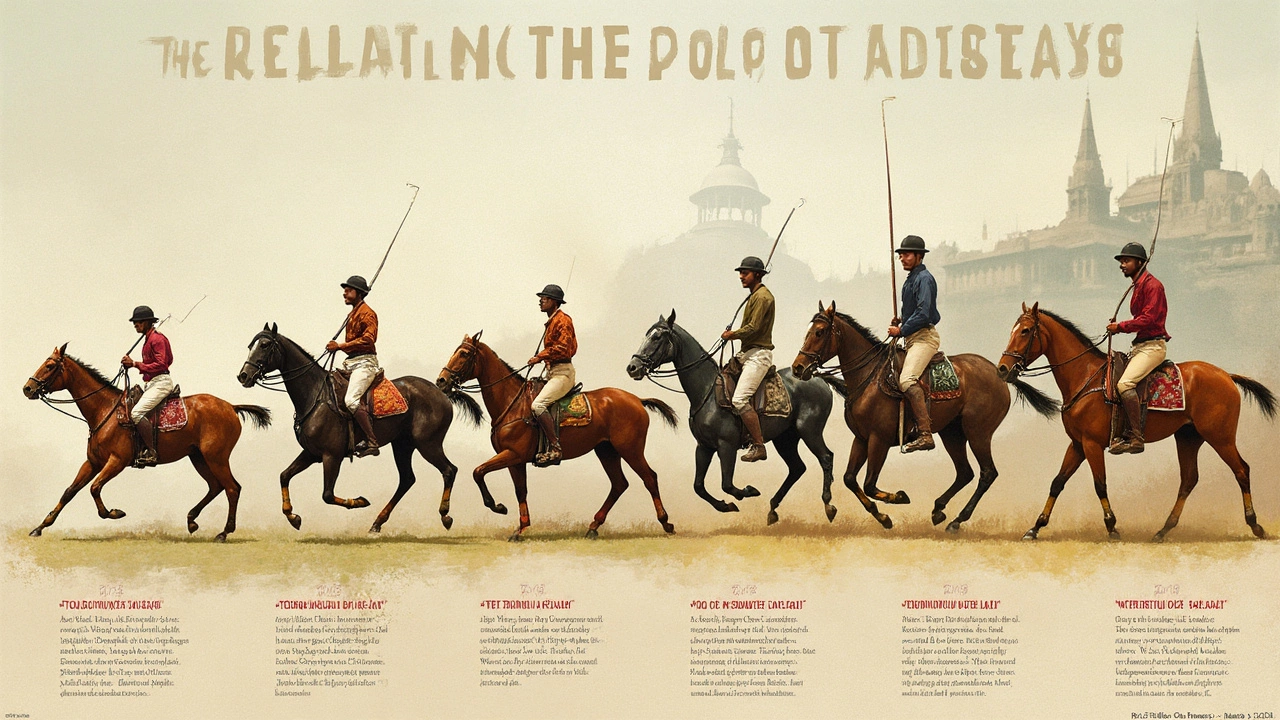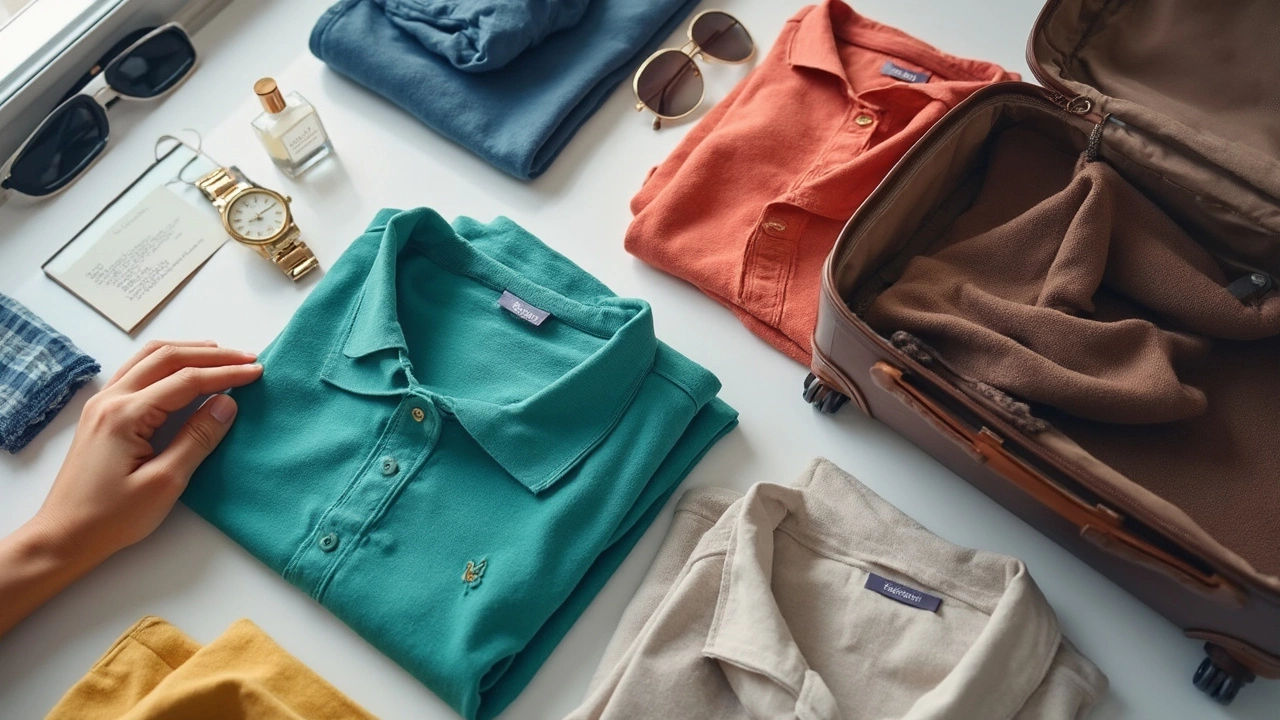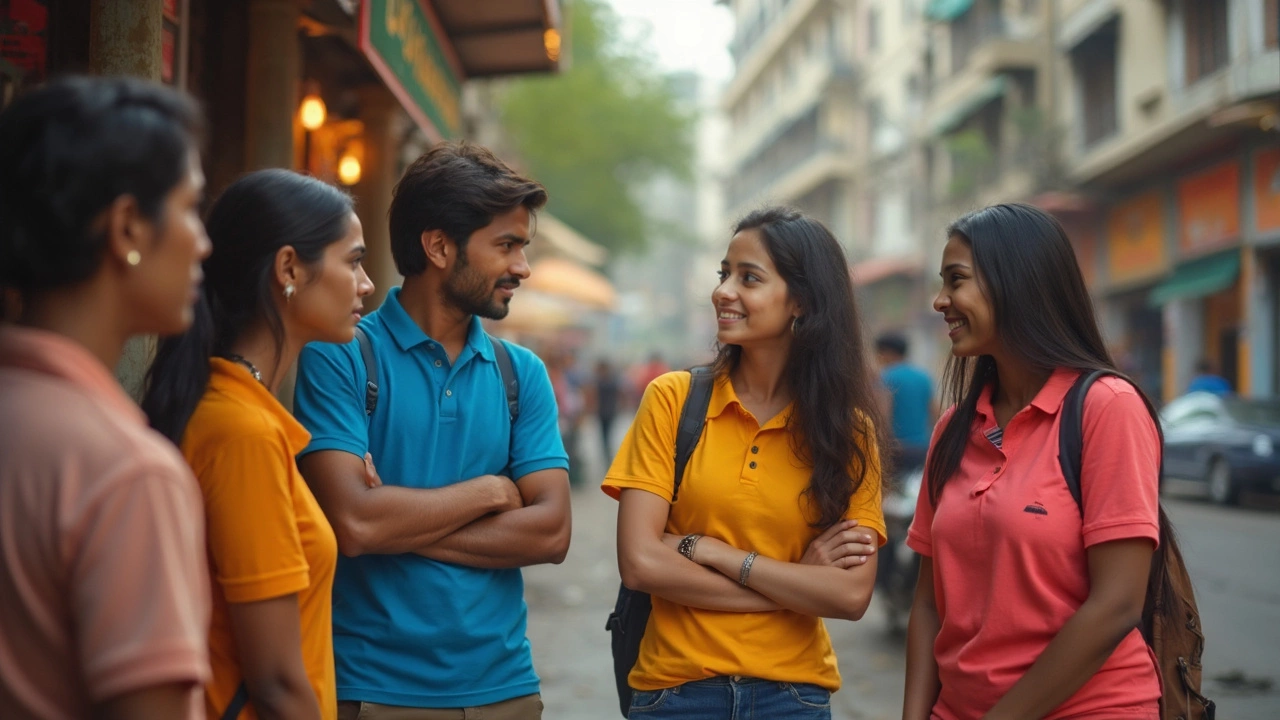Picture this: you walk into a barbecue, wearing your usual tee, and you spot someone in a shirt that’s got that casual comfort but comes off a little sharper. Yeah, it’s got a collar. Suddenly, your basic outfit feels like it’s missing something. Why does a collar change the whole vibe? And what do you actually call a T-shirt with a collar? Spoiler: it’s a polo shirt. But here’s the weird thing—not all collared shirts are polos, and there’s more to the story than meets the eye. People tend to throw around names like “golf shirt,” “tennis shirt,” or just “collared tee.” Not all of them mean the same thing. There’s a tangled history and a reason these shirts won’t retire from trends any time soon.
The Origins and Naming: More Than Just a Fancy T-Shirt
The first thing to get straight is that a T-shirt with a collar isn’t just a regular tee with extra fabric sewn on. The official name is “polo shirt.” While it’s clear as day to some, plenty of people confuse it with other collared shirts, especially because the fashion world loves to blur lines. The original polo shirt, as the name suggests, started with the sport of polo—think horseback, mallets, and sweat. Players in India needed a shirt that was breezy, let them move, but didn’t flap everywhere. So, back in the 1800s, they added a button-down collar to their shirts. Enter John E. Brooks, a curious American who spotted this and took the idea back home, inspiring what Brooks Brothers calls “the most imitated item in fashion history.”
But that’s not the only side. French tennis player René Lacoste hated the stiff, long-sleeved button-ups tennis players wore in the 1920s. He whipped up his own shirt—short sleeves, soft cotton, buttoned placket, and yes, a collar. By the late 1920s, Lacoste’s on-court look turned heads. His “tennis shirt” became more famous than his record-breaking backhand. The U.S. quickly caught on, especially since the shirt just made sense for tennis, golf, or any sport where you sweat but want to look presentable in clubhouse selfies. And that’s how "polo shirts" became a thing almost everywhere.
So, why do some still call them “golf shirts” or “tennis shirts”? The reason is the same shirt works for all those sports. Big brands—think Ralph Lauren and Lacoste—jumped on this, each putting their twist on the standard. That’s why in shops, “polo,” “golf shirt,” or even “rugby shirt” start to sound mixed up. If it’s a T-shirt with a soft collar, three buttons, and usually short sleeves, it’s a polo shirt. This is what the fashion world—and the average guy—agrees on. Here’s a quick cheat sheet:
- Polo shirt– Most accepted term, usually short sleeves.
- Golf shirt – Typically same shape and style, but sometimes made with technical, sweat-wicking materials.
- Tennis shirt – Nearly identical, usually referring to the original Lacoste style.
- Rugby shirt – Has a collar but is heavier, and often long sleeves.
You might hear “collared T-shirt” in casual conversation, but in stores or online, search “polo shirt" for the best results.

Surprising Facts, Modern Styles, and Polo Shirt Tips That Just Work
Let’s face it—a lot of guys reach for the same style day in, day out, just because it’s easy. But here’s the secret: most people judge a man’s style based on the details, and a polo shirt is like a cheat code for quick upgrades. If you check the racks at big-name stores, polo shirts aren’t just a summer thing. They’re always there. Some stats paint the picture—according to market data from Statista, global sales of polo shirts have jumped over 20% since 2017, with the market set to hit $15 billion by 2026. So, people aren’t just talking about polos, they’re buying them in piles.
The fabric matters. The old-school version, called "piqué," uses a textured weave that breathes but holds its structure, so it won’t hug your stomach too tight if you accidentally skip the gym. Newer polos swap this out for blended cotton, polyester, or “performance” fabrics for fighting sweat or wrinkles. And then there’s fit: forget those saggy, tent-like polos from the early 2000s. A proper polo tapers to your body without squeezing you. The shoulder seam should line up with your actual shoulder—not droop down your bicep. This alone takes you from dad-bod-on-a-lawnmower to "I care about the details." Desire pockets? Most fashion-forward polos leave them off, but some brands add a subtle chest pocket for pens, shades, or a ticket stub you forgot to toss.
Collars come in all shapes. Some use stiff fabric (called "self-fabric" collars), others are softer or made of totally different material. There’s also the “button-down” collar option, mostly in rugby shirts or more preppy brands. Even sleeve length makes a difference: classic is just above the elbow, but “retro” versions go tighter and shorter. Side note—tucking is optional. Leaving your polo untucked is standard, but if you’re dressing up, slip it into chinos and throw a belt on. As for colors and patterns, it’s never just white. Polos come in every color, from plain navy (timeless) to wild color-blocked or striped versions. Stripes—especially retro athletic ones—are making a big comeback on Instagram, and brands like Fred Perry, Lacoste, and even Uniqlo are sending them up the charts.
Wear a polo anywhere—a casual office, a first date, a family lunch. Here are a few tips for pulling it off:
- If you want to look slimmer, go for darker solid colors.
- If you’re layering, slide the polo under a lightweight jacket—not a blazer unless it’s a super casual event.
- Polo shirts pair just as well with shorts as they do with slim-fit jeans or khakis.
- Never pop the collar unless you’re on an '80s theme night. Seriously.
- Washing tip: turn inside-out, wash cold, and skip the dryer for longevity and color freshness.
Consider collar shape, button placket length, and even logo size. That little logo—think Lacoste’s crocodile or Ralph Lauren’s pony—can speak volumes about your taste or budget. If you want to keep things neutral, many brands now offer polos with discreet or no logos at all.
Here’s a quick snapshot of the top features and trends in modern polo shirts:
| Feature | Description |
|---|---|
| Material | Cotton, piqué, polyester blends, performance fabrics |
| Fit | Slim, regular, and relaxed options |
| Colors | All shades, from white and navy to bright pink or stripes |
| Logos | Small (classic), oversized (trendy), or none |
| Collar type | Soft, self-fabric, button-down, ribbed |
| Uses | Work, casual, sports, parties |

The Collared Tee in Culture: Where Polo Shirts Show Up and How to Make Yours Worth Wearing
There’s a good reason you can't walk down the street or scroll TikTok without spotting a polo shirt. Honestly, it’s one of the few pieces that’s jumped class and style boundaries. A preppy kid, a tennis star, a dad on weekend grill duty—all of them have at least one in the closet. Even celebrities love them; see pictures of James Bond or Pharrell Williams styling polos for red carpets and off-duty looks. The shirt’s gone from stuffy tennis whites to a streetwear staple, popping up with gold chains, under bomber jackets, or even on the golf course with $300 sneakers.
The polo shirt even links to big moments in pop culture. The "mod" scene in '60s Britain? Fred Perry polos, always buttoned to the top, sometimes matched with skinny jeans and Vespas. Casual Fridays at tech companies? Polos quickly replaced starched dress shirts. And if you hang around the Ivy League campus, you’ll see the "prep" movement—polos in pastels with popped collars, as cringey as it might look now, were a status symbol. In movies and TV, the polo is shorthand for someone who put in just enough effort to not look like a slob, but didn’t overdo it.
Want to keep your polos from looking tired or cheap? Here’s what matters:
- Rotate your polos—don’t wear the same one two days straight. Give the fabric a “rest” so it keeps its shape.
- Store folded, not on a hanger, unless it’s a do-not-iron version.
- If you sweat a lot, look for “moisture-wicking” blends, especially if you live where summer means high humidity.
- Pay attention to shrinkage: even quality polos might tighten up after a wash. Buy true to your fit, not super tight.
- If you care about the collar, avoid the dryer and lay it flat after washing so it won’t curl or pucker.
- Check the care label—some “performance” polos handle sweat better but need gentle washing.
Even if you only own one or two, it’s worth hunting for a style that fits your life, not just your chest size. Want to get fancy? Go vintage—old-school Lacoste or Ralph Lauren can be found in thrift shops and might be better stitched than new versions. Smaller brands, like Ministry of Supply or Everlane, offer eco-friendly takes with recycled or organic cotton, if you want fashion that feels good in your closet and your conscience.
In the end, next time someone asks, "What do you call a T-shirt with a collar?"—impress them. It’s not just a “collared tee” or a “nice shirt.” It’s a polo shirt, a closet MVP, a sports legend, a brunch workhorse. The real trick? Find one that fits well, feels good, and makes you want to skip the plain old tee every once in a while.

